


Field research, exhibition and publication
2018–2024
Just a few decades ago, the hand broom was an indispensable everyday item in many rural regions. Whether in the kitchen, in the entrance area, or for removing dirt from shoes, its versatility made it an important helper in daily life. These brooms were produced mainly by women and men farmers. Made from available plant materials from their vicinity, it was primarily intended for personal use but also found its way to markets. With the advent of modern plastic brooms and the disappearance of certain traditional living environments such as wood stoves, however, this handcrafted utensil increasingly fell into oblivion – along with the intricate weaving techniques used to make it. While broom weaving is now rare, it once protected many landscapes in a custodial way. Its decline mirrors a biocultural diversity loss, the erosion of nature alongside the traditions that care for it.
From 2018–2024, I followed fellow basketmakers, researchers, and anthropologists in learning these techniques, and by learning these techniques, I learned an alternative self-sustained way of living.
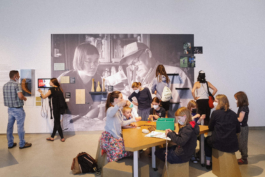
⭡ Impression of the exhibition »All Hands On: Basketry« featuring my initial research into brooms.
Escobilla de Artesa
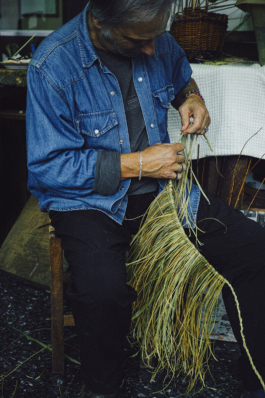
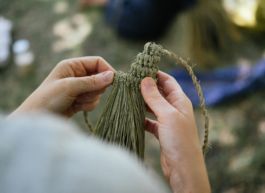
“The esparto broom, or escobilla de artesa, is one of the most remarkable of the many traditionally made brooms to be found on the Iberian Peninsula. Specimens with numerous special features have been discovered in museums and private collections within an imprecisely defined area of Spain that includes the regions of La Mancha and Murcia. The material used to make them is mainly esparto, also known as Macrochloa tenacissima. This plant is endemic to the western Mediterranean region – from Tarragona in Spain to the Algarve in Portugal and the Maghreb in Africa. It is widely used for basket-making, weaving, and paper production. Its fibre is mainly processed in two forms: raw or crushed. In the case of hand brooms, the second technique is used, working with esparto grass that is crushed until the fibers have opened lengthwise. The broom is made mainly by farmers and shepherds.”¹
– Text excerpt by Carlos Fontales
Habkern and Urner Handbeseli
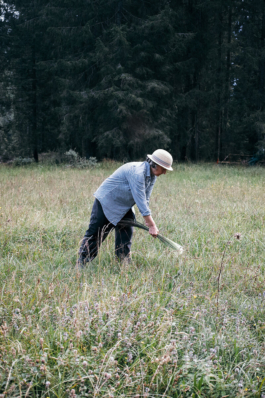
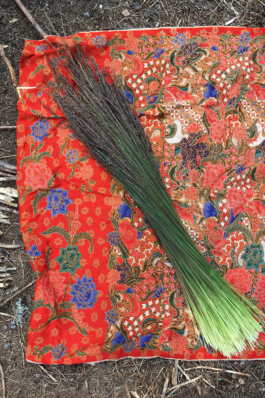
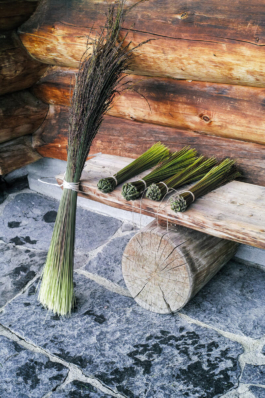
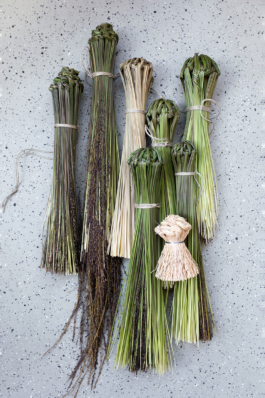
For generations, the Swiss folks have owned a tradition of whisk broom-making for their daily use. These brooms, typically made of purple moor-grass, are inconspicuous whisk brooms made by women farmers, braided in the fall for the use of cleaning wooden stove surfaces.
This simple utilitarian object symbolises the women’s occupation and matriarchy. Today, the wooden stoves are no longer in use, and with the increasingly disappearing marshes, this tradition is lost. With Margrit Linder, I learned techniques researched and inquired by her through the local women in making the whisk.
Froukali
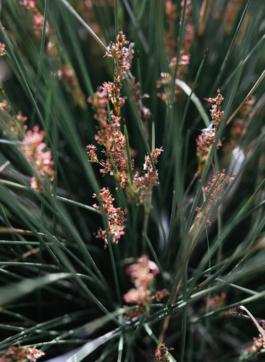
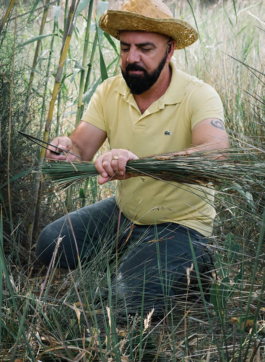
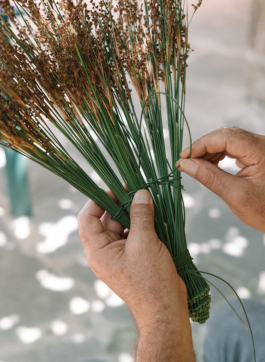
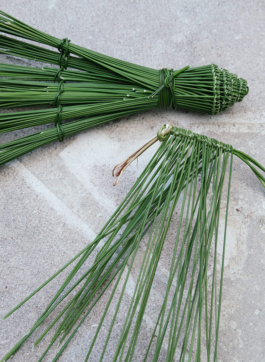
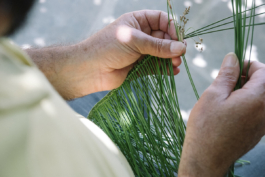
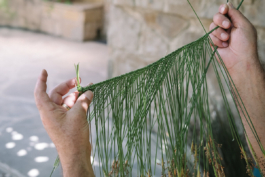
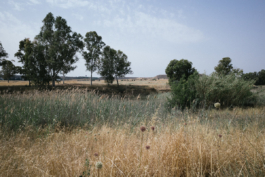
The Froukali, a traditional Cyprus hand broom, is a deeply rooted artifact in the island’s rural culture, crafted from the native marsh plant Juncus heldreichianus (locally known as sklinitzia). This hardy rush species, with its long, cylindrical stems and sharp tips, thrives in Cyprus’s dwindling wetlands, historically found in marshes, dunes, and along streams. Harvested in May and June during peak flowering, sklinitzia’s robust yet pliable fibres make it ideal for broom-making and other rural basketry, from transporting goods to cheese production. Traditionally, froukalies were used for cleaning and even for whitewashing homes during Holy Week. The process is meticulous – harvested with sickles, sorted, and woven into intricate twines forming a lengthy skirt, which is then tied into the broom’s head. However, environmental degradation, wetland loss, and the rise of plastic goods have threatened both the plant’s habitat and the craft’s survival.
Today, artisans like Petros Nikolaou of Paphos keep the tradition alive with skill, passion, and an eye toward eco-tourism and sustainable living. As interest in artisanal, eco-friendly products grows, such crafts are finding renewed relevance – bridging local heritage with global environmental values. This revival is less about repurposing the broom for modern functions and more about preserving the eco-social principles it represents, offering an alternative to mass-produced goods. Each handcrafted broom or basket carries tacit knowledge and cultural narratives, making it not just a tool but a statement of provenance and sustainability. In the face of the climate crisis, these traditional crafts stand as both functional objects and cultural touchstones, capable of engaging future generations in the preservation of Cyprus’s material heritage.
Exhibition and Publication
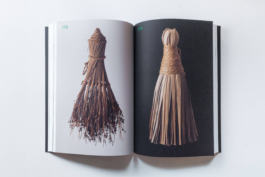
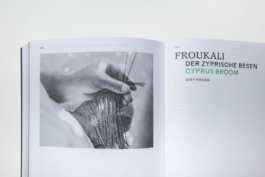
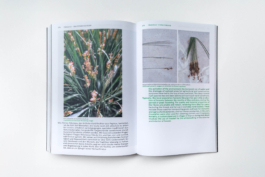
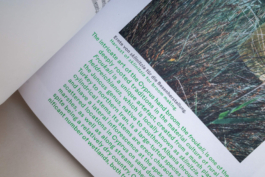
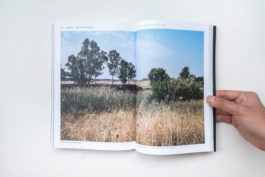
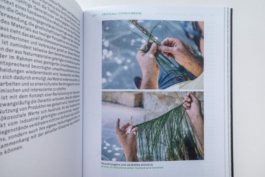
⭡ Impressions from »Im Besengebiet / Field of Brooms« book
Together with fellow designers (including myself), broom collectors, and researchers, we are proud to have contributed to this important exhibition through field research, documentation, and publications on brooms around the world.
The curators Flavia Brändle and Margrit Linder have been committed to preserving this cultural heritage for years. In the exhibition IM BESENGEBIET / FIELD OF BROOMS, they present the results of our research and invite the public to rediscover the cultural significance and aesthetic quality of this often overlooked everyday object. At the same time, the close connection between nature and craftsmanship is brought to life.
⭢ Order the book here
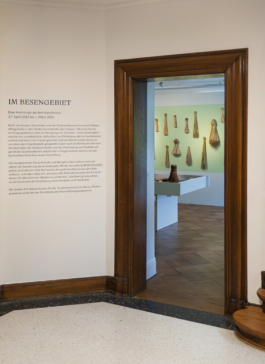
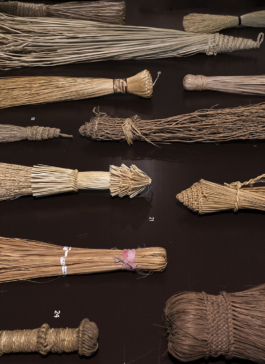
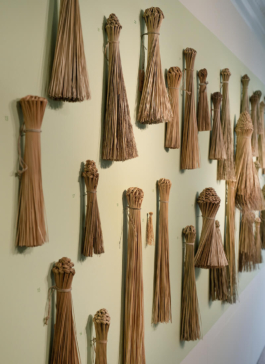
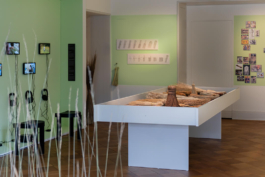

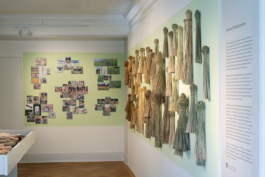
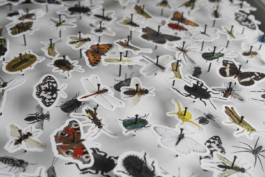
Impressions from »Im Besengebiet / Field of Brooms: A Hommage to Hand Brooms« exhibition. Curation: Margrit Linder and Flavia Braendle.
Exhibition: 24.04.–01.03.2026
Venue: Swiss Straw Museum
Wohlen, Switzerland
EXHIBITION
Curated by Margrit Linder and Flavia Braendle
The exhibition was created in collaboration with ProNatura Aargau and is complemented by a comprehensive program of events.
PUBLICATION
Edited by Margrit Linder and Flavia Braendle
The book is shaped by the contributions of the following people: Alix Arto, Susanne Brorson, Jonathan Chan, Meret Ernst, Carlos Fontales, Laura Huber, Michael Kessler, Ishan Khosla, Evey Kwong, Manuela Lehmann, Kim Lenschow, Claude Lichtenstein, Adrian Linder, Gabriele Lutz, Adrian Mohl, Jasper Morrison, Chrissie Muhr, Nicolo Rez, Wu Qingyun, Nelly Rodriguez, Elisabeth Sawerthal, Kristina Scheelen-Novacek, Georg Steinmann, and Hermann de Vries.
Book design by Combo Fruit
Field research, exhibition, and publication
2018–2024
Just a few decades ago, the hand broom was an indispensable everyday item in many rural regions. Whether in the kitchen, in the entrance area, or for removing dirt from shoes, its versatility made it an important helper in daily life. These brooms were mainly produced by women and men farmers. Made from available plant materials from their vicinity, it was primarily intended for personal use but also found its way to markets. With the advent of modern plastic brooms and the disappearance of certain traditional living environments such as the wood stoves, however, this handcrafted utensil increasingly fell into oblivion – along with the intricate weaving techniques used to make it. While broom weaving is now rare, it once protected many landscapes in a custodial way. Its decline mirrors a biocultural diversity loss, the erosion of nature alongside the traditions that care for it.
From 2018–2024, I followed fellow basketmakers, researchers, and anthropologists in learning these techniques, and by learning these techniques, I learned an alternative self-sustained way of living.

⭡ Impression of the exhibition »All Hands On: Basketry« featuring my initial research into brooms.
Escobilla de Artesa


“The esparto broom, or escobilla de artesa, is one of the most remarkable of the many traditionally made brooms to be found on the Iberian Peninsula. Specimens with numerous special features have been discovered in museums and private collections within an imprecisely defined area of Spain that includes the regions of La Mancha and Murcia. The material used to make them is mainly esparto, also known as Macrochloa tenacissima. This plant is endemic to the western Mediterranean region – from Tarragona in Spain to the Algarve in Portugal and the Maghreb in Africa. It is widely used for basket-making, weaving, and paper production. Its fibre is mainly processed in two forms: raw or crushed. In the case of hand brooms, the second technique is used, working with esparto grass that is crushed until the fibers have opened lengthwise. The broom is made mainly by farmers and shepherds.”¹
– Text excerpt by Carlos Fontales
Habkern and Urner Handbeseli

For generations, the Swiss folks have owned a tradition of whisk broom-making for their daily use. These brooms, typically made of purple moor-grass, are inconspicuous whisk brooms made by women farmers, braided in the fall for the use of cleaning wooden stove surfaces.
This simple utilitarian object symbolises the women’s occupation and matriarchy. Today, the wooden stoves are no longer in use, and with the increasingly disappearing marshes, this tradition is lost. With Margrit Linder, I learned techniques researched and inquired by her through the local women in making the whisk.


Froukali




The Froukali, a traditional Cyprus hand broom, is a deeply rooted artifact in the island’s rural culture, crafted from the native marsh plant Juncus heldreichianus (locally known as sklinitzia). This hardy rush species, with its long, cylindrical stems and sharp tips, thrives in Cyprus’s dwindling wetlands, historically found in marshes, dunes, and along streams. Harvested in May and June during peak flowering, sklinitzia’s robust yet pliable fibres make it ideal for broom-making and other rural basketry, from transporting goods to cheese production.
Traditionally, froukalies were used for cleaning and even for whitewashing homes during Holy Week. The process is meticulous – harvested with sickles, sorted, and woven into intricate twines forming a lengthy skirt, which is then tied into the broom’s head. However, environmental degradation, wetland loss, and the rise of plastic goods have threatened both the plant’s habitat and the craft’s survival.



Today, artisans like Petros Nikolaou of Paphos keep the tradition alive with skill, passion, and an eye toward eco-tourism and sustainable living. As interest in artisanal, eco-friendly products grows, such crafts are finding renewed relevance – bridging local heritage with global environmental values. This revival is less about repurposing the broom for modern functions and more about preserving the eco-social principles it represents, offering an alternative to mass-produced goods. Each handcrafted broom or basket carries tacit knowledge and cultural narratives, making it not just a tool but a statement of provenance and sustainability. In the face of the climate crisis, these traditional crafts stand as both functional objects and cultural touchstones, capable of engaging future generations in the preservation of Cyprus’s material heritage.
Exhibition and Publication






⭡ Impressions from »Im Besengebiet / Field of Brooms« book
Together with fellow designers (including myself), broom collectors, and researchers, we are proud to have contributed to this important exhibition through field research, documentation, and publications on brooms around the world.
The curators Flavia Brändle and Margrit Linder have been committed to preserving this cultural heritage for years. In the exhibition IM BESENGEBIET / FIELD OF BROOMS, they present the results of our research and invite the public to rediscover the cultural significance and aesthetic quality of this often overlooked everyday object. At the same time, the close connection between nature and craftsmanship is brought to life.
⭢ Order the book here







Impressions from »Im Besengebiet / Field of Brooms: A Hommage to Handbrooms« exhibition. Curation: Margrit Linder and Flavia Braendle.
Exhibition: 24.04.–01.03.2026
Venue: Swiss Straw Museum
Wohlen, Switzerland
EXHIBITION
Curated by Margrit Linder and Flavia Braendle
The exhibition was created in collaboration with ProNatura Aargau and is complemented by a comprehensive program of events.
PUBLICATION
Edited by Margrit Linder and Flavia Braendle
The book is shaped by the contributions of the following people: Alix Arto, Susanne Brorson, Jonathan Chan, Meret Ernst, Carlos Fontales, Laura Huber, Michael Kessler, Ishan Khosla, Evey Kwong, Manuela Lehmann, Kim Lenschow, Claude Lichtenstein, Adrian Linder, Gabriele Lutz, Adrian Mohl, Jasper Morrison, Chrissie Muhr, Nicolo Rez, Wu Qingyun, Nelly Rodriguez, Elisabeth Sawerthal, Kristina Scheelen-Novacek, Georg Steinmann, Hermann de Vries.
Book design by Combo Fruit